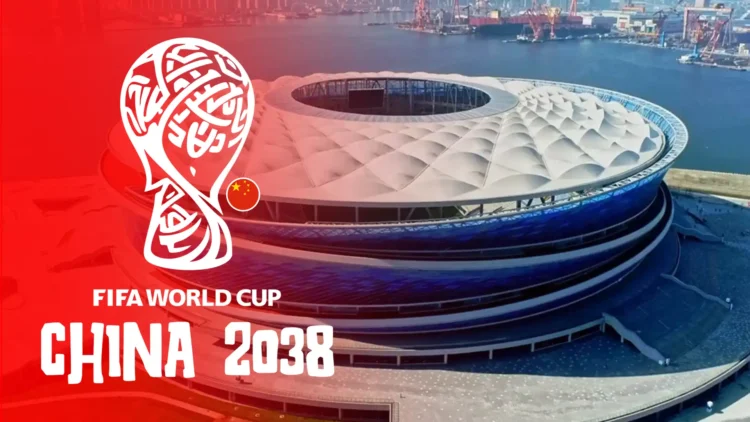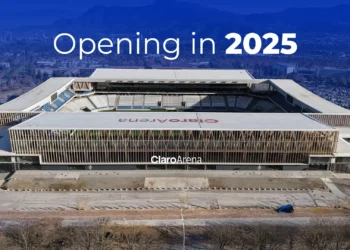What If the FIFA World Cup Was Held in China? 12 Jaw-Dropping Stadiums That Could Host Football’s Biggest Stage
China has never hosted a FIFA World Cup, yet few countries are more prepared. With a world-leading economy, breathtaking infrastructure, next-gen stadiums, and an undeniable hunger to rise in global football, China is not just a contender — it could be a game-changer.
Let’s dive into a bold but realistic scenario: China hosting a FIFA World Cup, with 12 of its most impressive and fully built stadiums leading the charge.
Why China Could Host the Most Spectacular World Cup Ever
- 🚄 Infrastructure Like No Other: China’s high-speed train network connects nearly every major city with world-class airports, subways, and highways.
- 📸 Tourist Magnet: Whether it’s the Forbidden City, the Great Wall, or the nightlife of Shanghai — the country is overflowing with once-in-a-lifetime experiences.
- 💰 Economic Superpower: With unmatched capacity to invest in logistics, tech, and hospitality, China can deliver a seamless World Cup on a massive scale.
- ⚽ Growing Football Dream: China wants to become a football powerhouse. A home World Cup could ignite the passion of a billion people.
12 Fully Built Stadiums That Could Host the FIFA World Cup in China
1. Beijing National Stadium (Bird’s Nest) – Beijing
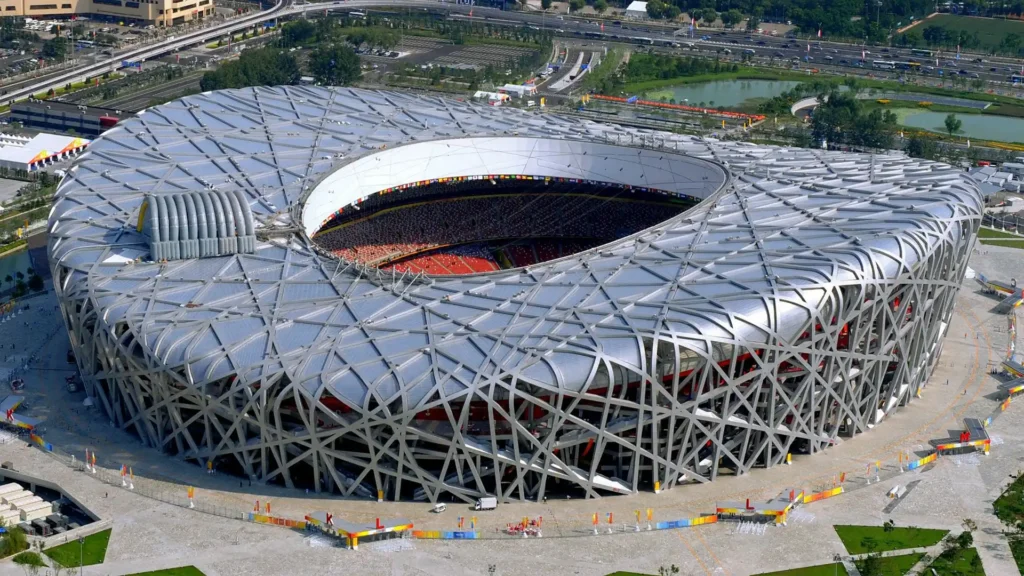
- 🏟 Capacity: 80,000
- 🌍 Suggested Role: Final Match
A global icon of modern architecture, revamped and smart-enabled. Perfect for hosting the final.
2. Shanghai Stadium – Shanghai
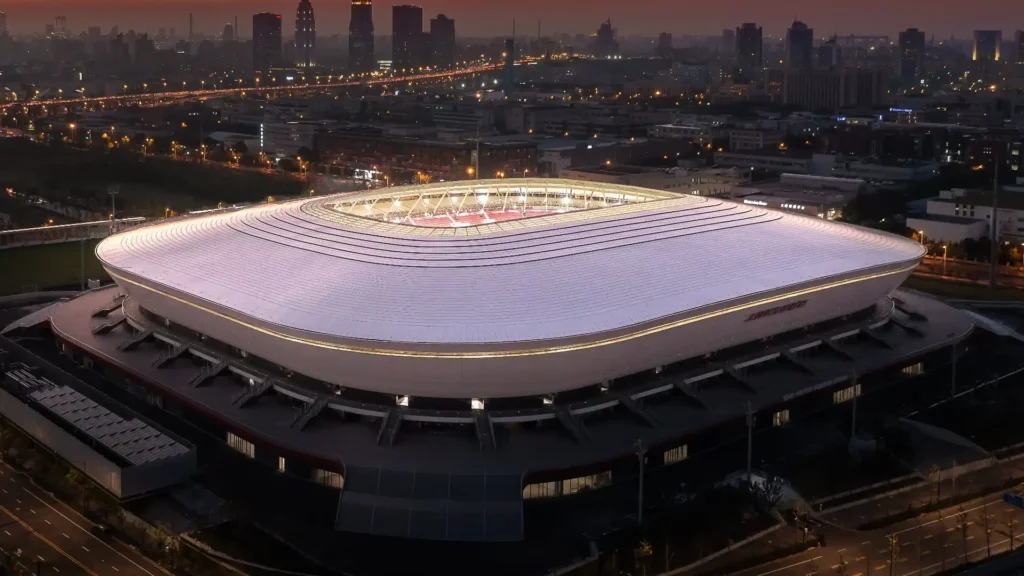
- 🏟 Capacity: 45,000
- 🌍 Suggested Role: Semi-final
Set in China’s most cosmopolitan city, recently renovated and equipped for massive international events.
3. Tianjin Binhai Stadium – Tianjin
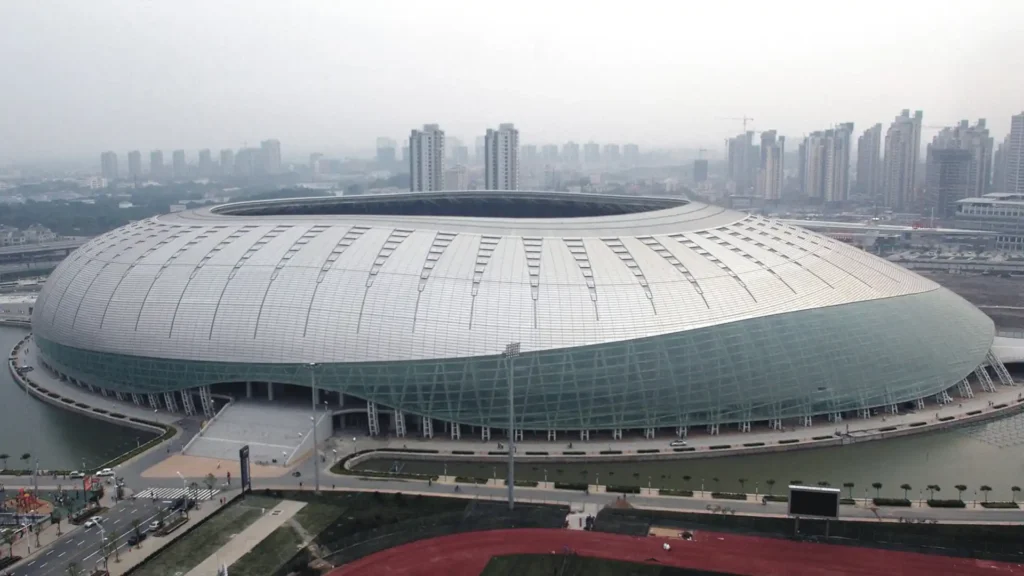
- 🏟 Capacity: 54,696
- 🌍 Suggested Role: Quarter-final
Stylish and high-tech, just a bullet train away from Beijing. Logistics made simple.
4. Shenzhen Universiade Sports Centre – Shenzhen
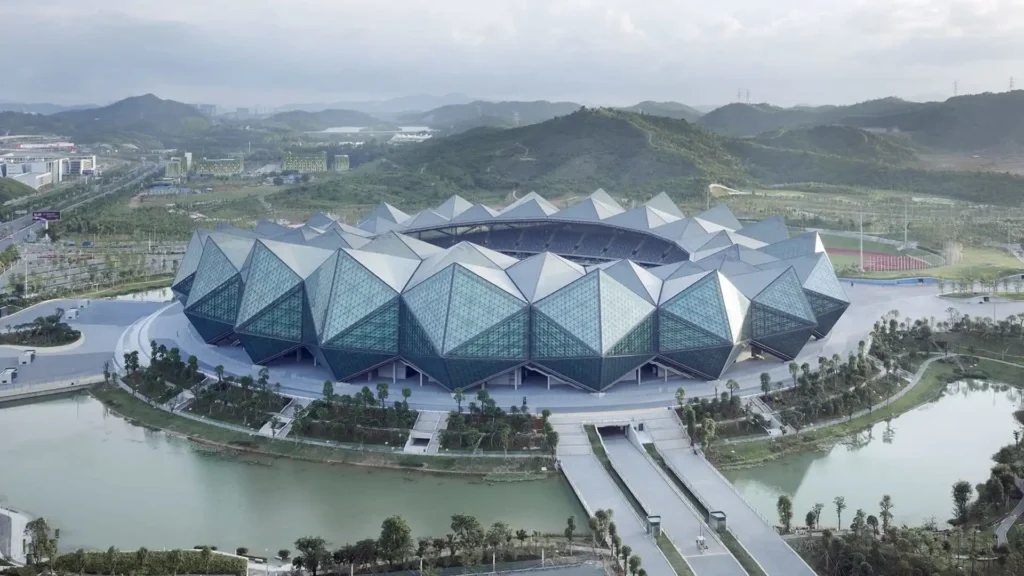
- 🏟 Capacity: 60,000
- 🌍 Suggested Role: Knockout Stages
China’s tech hub meets elite sport. Excellent transport, hotels, and international access.
5. Chengdu Phoenix Hill Stadium – Chengdu
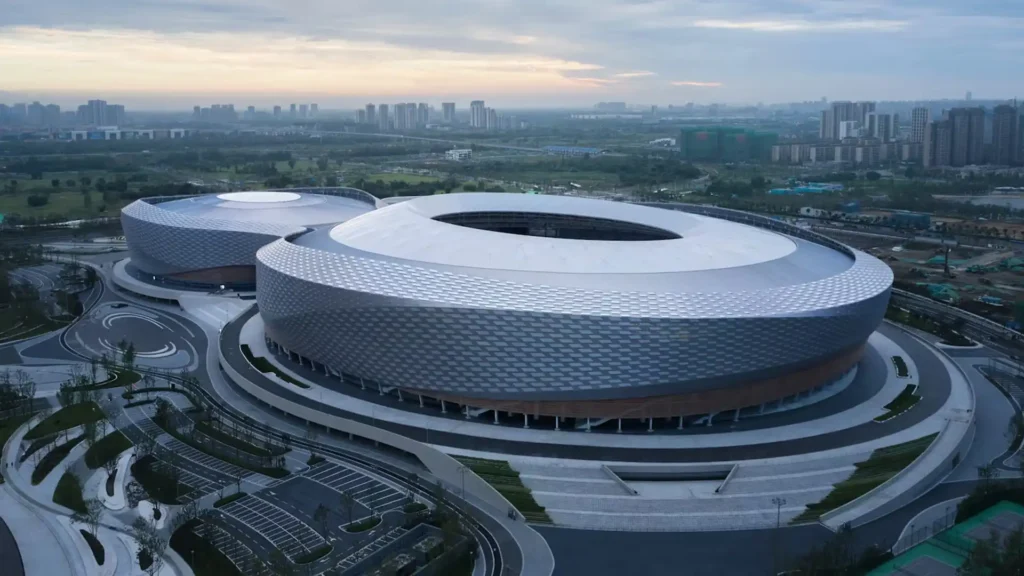
- 🏟 Capacity: 60,000
- 🌍 Suggested Role: Group Stages
A beautiful, fan-friendly stadium in one of China’s most beloved cultural cities.
6. Xi’an Olympic Sports Centre – Xi’an
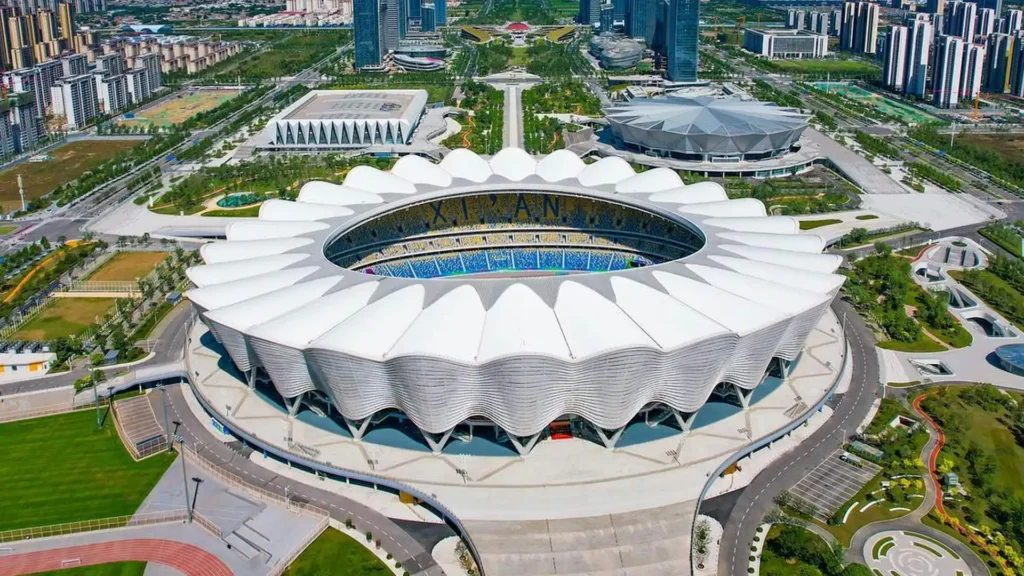
- 🏟 Capacity: 60,000
- 🌍 Suggested Role: Group Stages
A mix of ancient history and futuristic sports infrastructure. One of China’s hidden gems.
7. Hangzhou Olympic Sports Center – Hangzhou
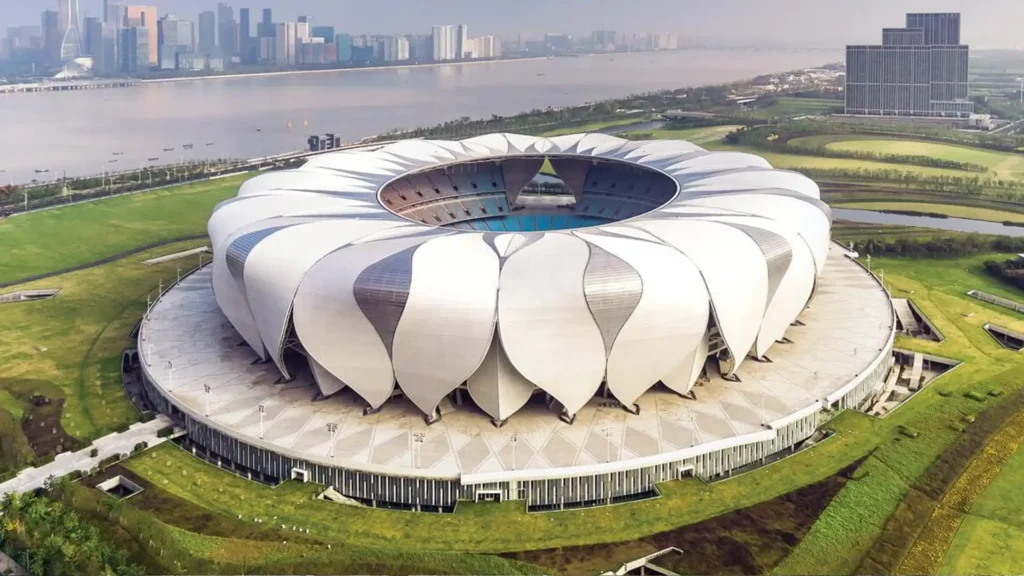
- 🏟 Capacity: 80,000
- 🌍 Suggested Role: Quarter-final or Opening Match
A marvel of architecture with a lotus-flower shape. Located in a tech-forward city home to Alibaba.
8. Wuhan Sports Centre – Wuhan
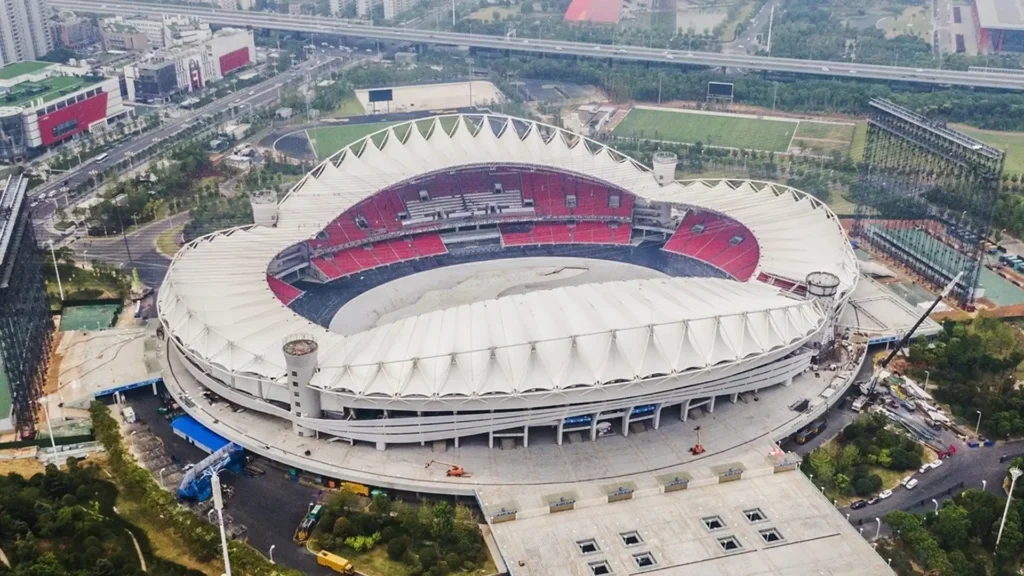
- 🏟 Capacity: 54,000
- 🌍 Suggested Role: Group Stages
Strong football history, solid infrastructure, and a resilient city ready for the spotlight.
9. Nanjing Olympic Sports Center – Nanjing
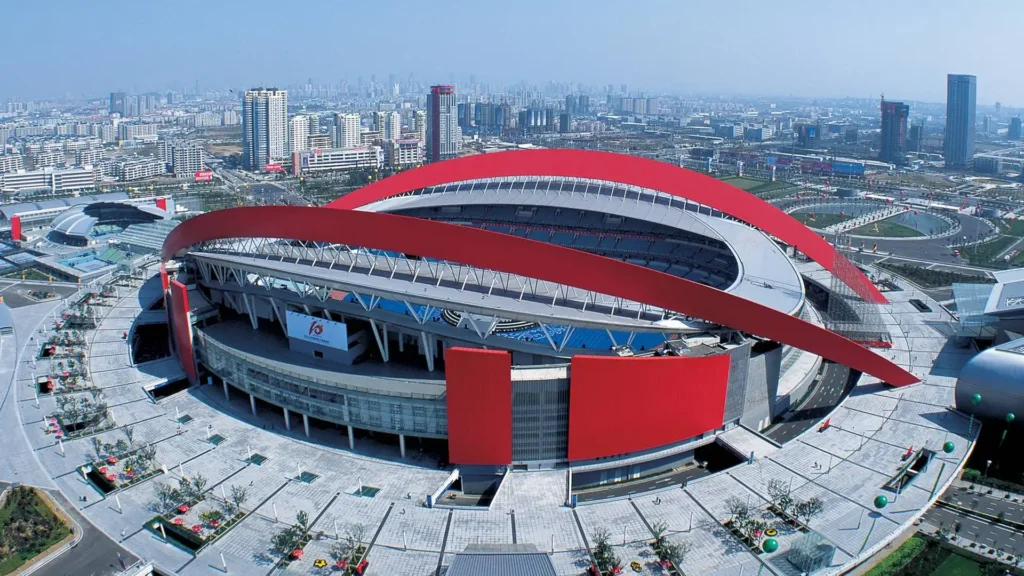
- 🏟 Capacity: 61,000
- 🌍 Suggested Role: Group Stages
A beautifully designed, modern stadium in a historical capital city. Ideal for global exposure.
10. Qingdao Youth Football Stadium – Qingdao
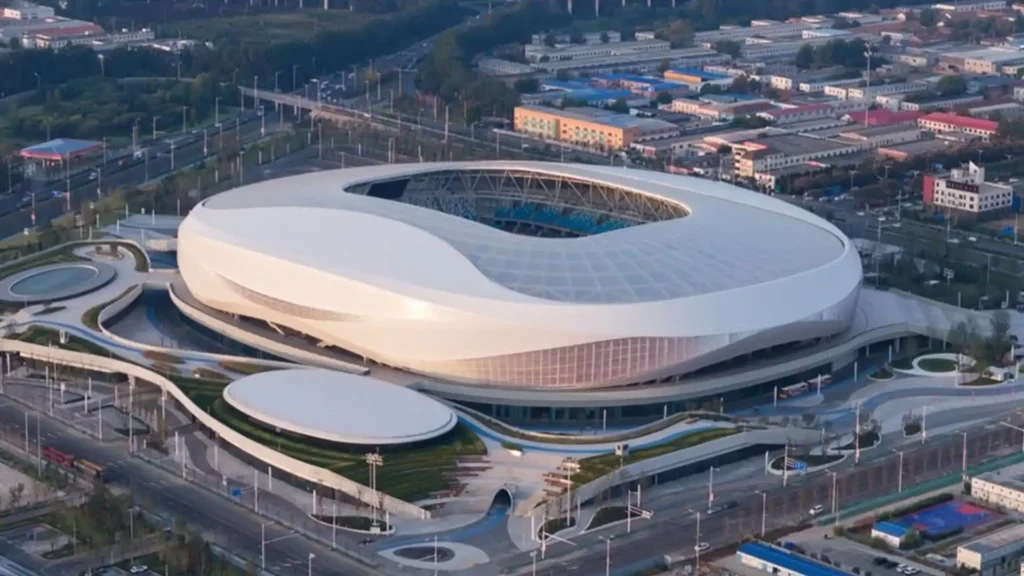
- 🏟 Capacity: 50,000
- 🌍 Suggested Role: Group Stages
A fresh, innovative stadium in a scenic coastal city famous for beer, beaches, and Bundesliga influence.
11. Dalian Barracuda Bay Stadium – Dalian
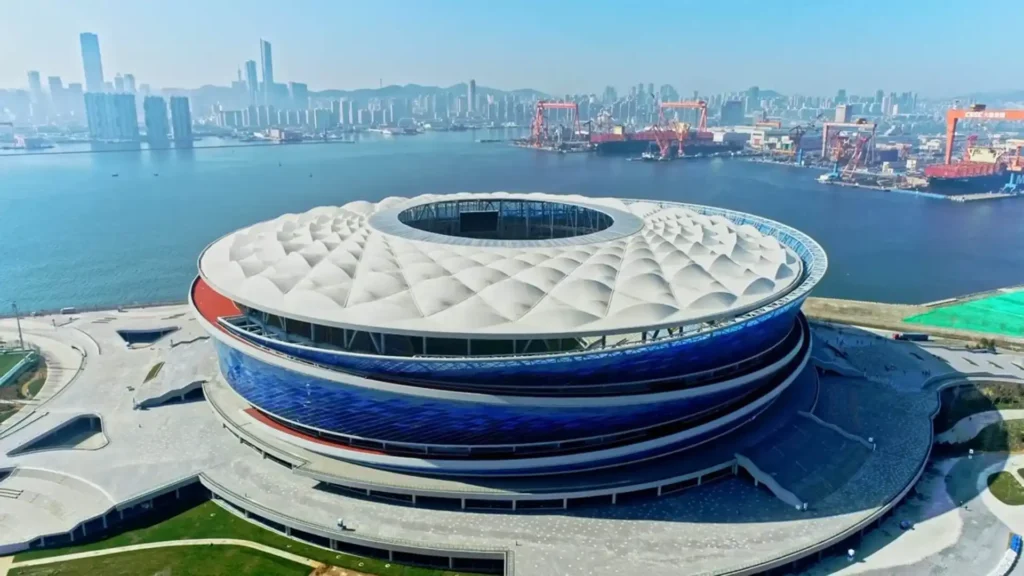
- 🏟 Capacity: 60,000
- 🌍 Suggested Role: Group Stages
Dalian breathes football — and this modern venue proves it. Passionate fans, excellent facilities.
12. Kunshan Stadium – Suzhou
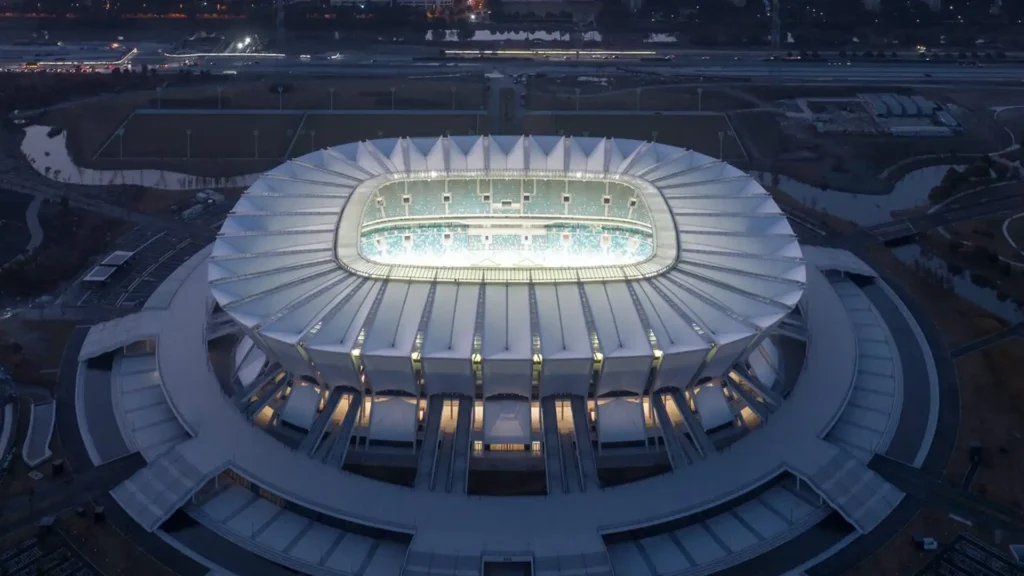
- 🏟 Capacity: 30,000
- 🌍 Suggested Role: Group Stages
Centrally located and easily connected, this stadium brings balance to the map of host cities.
A Tourism and Economic Boom on a Scale the World Has Never Seen
A World Cup in China would be more than a sporting event:
- 🚀 It would generate hundreds of millions in tourism revenue
- 📈 Boost local economies in every host city
- 🏙 Draw millions to explore China’s culture, nature, and megacities
- 🧠 And show the world what a smart, sustainable, tech-powered tournament looks like
If China hosted the FIFA World Cup, it wouldn’t just aim to match past tournaments — it would try to redefine them. The stadiums already exist. The infrastructure is world-class. The ambition is undeniable.
This is not a fantasy — it’s a real possibility.
So now we ask:
Is the world ready for the most futuristic World Cup ever?
Or does the idea of a Chinese World Cup raise more questions than answers?

